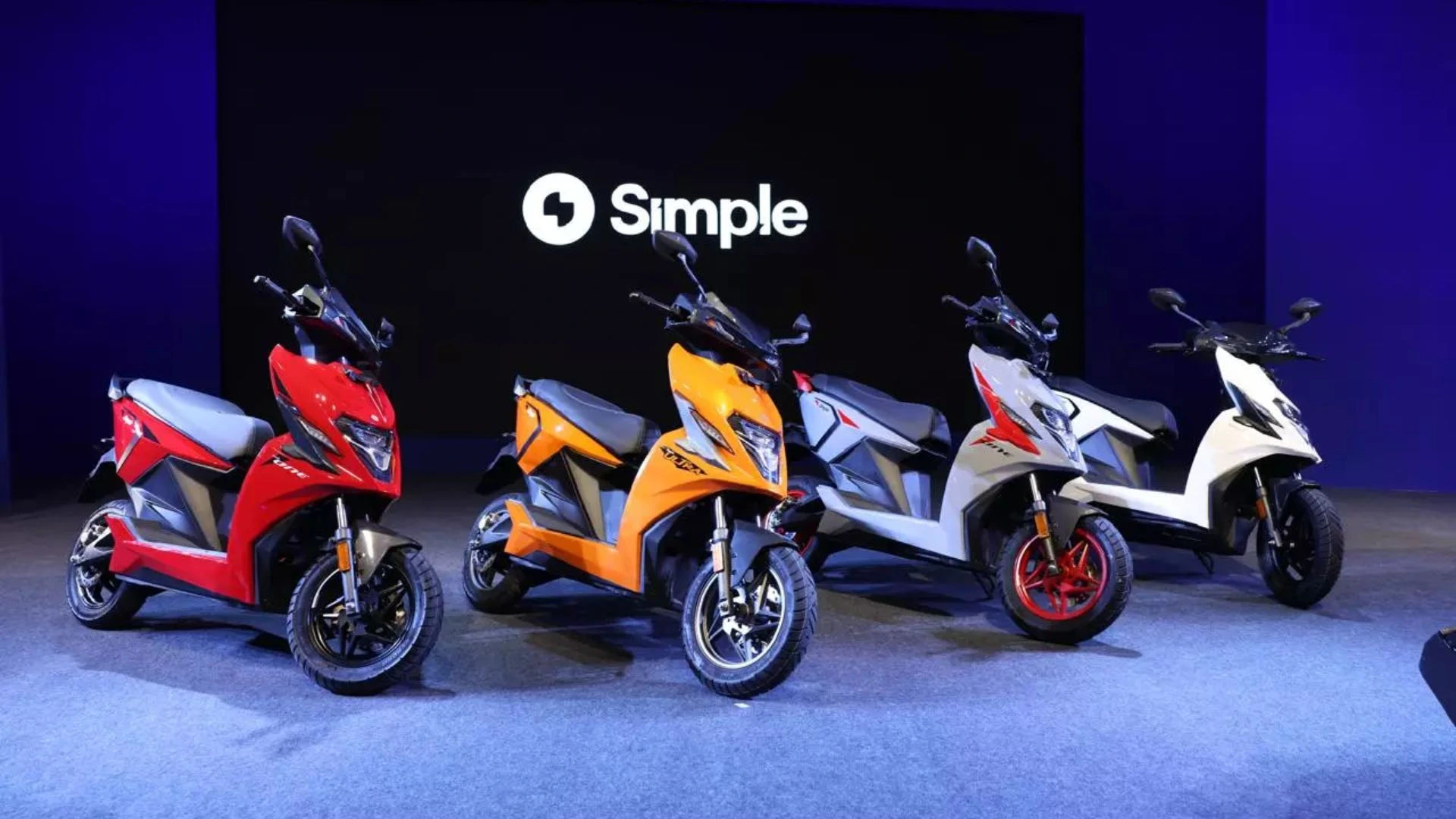The Union Roads and Highways Authority recently launched a unique pilot project for advanced hydrogen fuel cell electric vehicles (FCEVs), marking a major shift from fossil fuels to environmental protection.
As India moves towards Automotive Technological advancement with each passing day, it is really difficult to say, “What is next?”
One thing is certain at this point of change; The one thing every car owner shall need in their pocket is a trusted four-wheeler insurance policy. Smart insurance for four-wheel drive cars covers your car from the start. Various events such as vehicle collisions, damage due to malfunctions during travels, breakdown, natural and man-made disasters, etc.
As a result, it is always advisable to invest in decent insurance with a reputed car insurance company in India.
Now let us get into details about our main topic, hydrogen fuel cell vehicles.
Hydrogen Fuel Cell Vehicles Meaning
A hydrogen fuel cell vehicle (HFCEV) are car powered by hydrogen. Only water vapour and warm air come out. They are more efficient than conventional vehicles with internal combustion engines and do not produce tailpipe exhaust fumes. HFCEVs use a propulsion system similar to electric cars, where energy stored in the form of hydrogen is converted into electricity by a fuel cell.
Because green hydrogen can be produced from renewable energy and abundant biomass, the adoption and deployment of technologies that unlock the potential of green hydrogen will play an important role in ensuring clean and affordable energy in India in the future.
Significance of Hydrogen Power cars
This is an important initiative to promote clean energy and protect the environment by reducing dependence on fossil fuels and making India “energy self-sufficient” by 2047.
Hydrogen fuel cell electric vehicles (HFCEVs) powered by hydrogen are one of the best zero-emission solutions. Completely eco-friendly as there are no tailpipe emissions other than water.
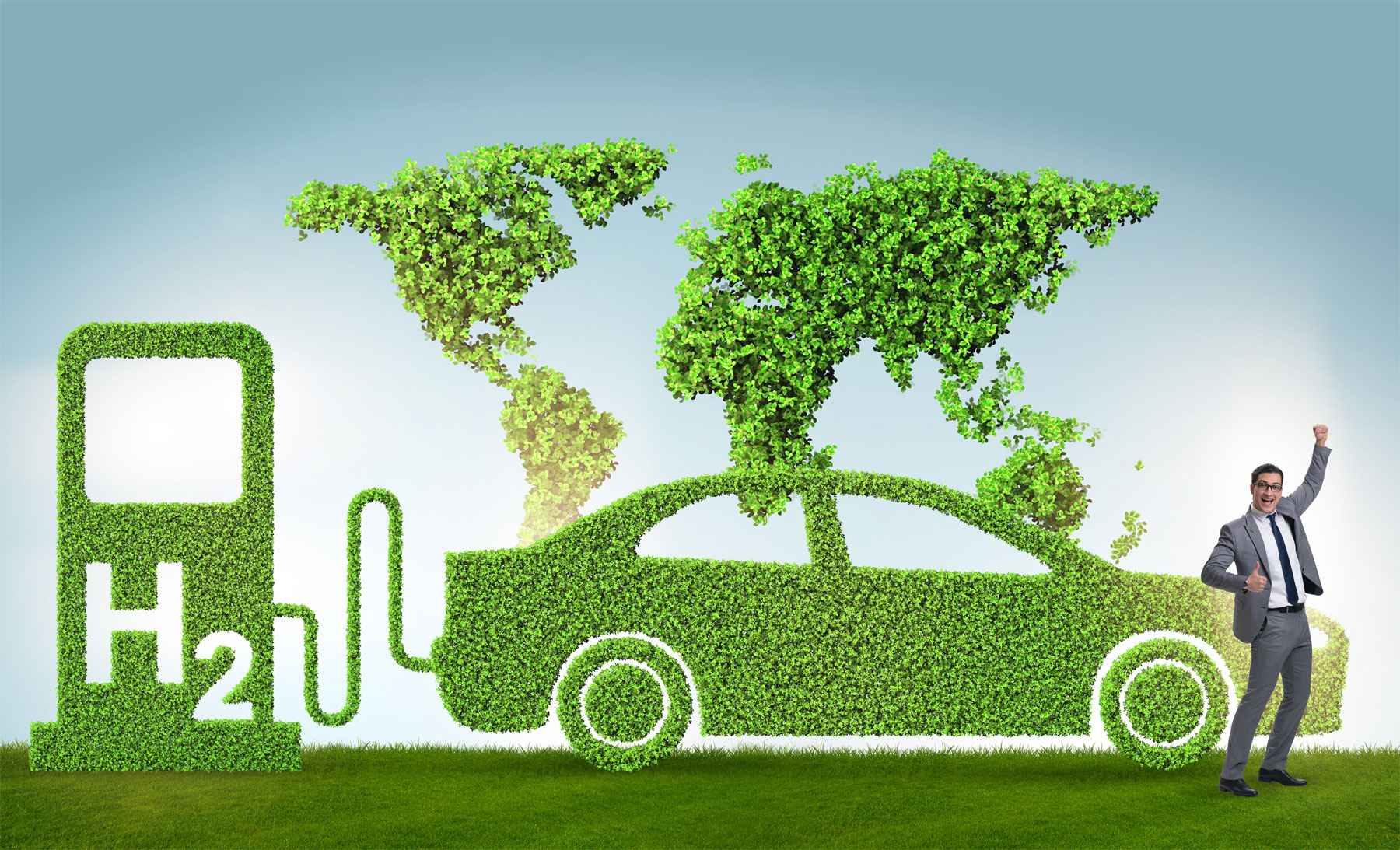
Why is Hydrogen Used for Hydrogen Fuel Electric Vehicles?
- When hydrogen is burned, one kilogram of hydrogen releases approximately three times more energy than one kilogram of gasoline and produces only water.
- A hydrogen fuel cell, an electrochemical cell, can convert the chemical energy of hydrogen and oxygen into electricity and contains only water as a waste product.
- Fuel cells can continue to generate or produce electricity as long as hydrogen and oxygen are supplied.
Upcoming hydrogen fuel cell vehicles In India
Almost every major automakers is preparing to launch a range of BEVs (battery electric vehicles) in the short to medium term, but hydrogen FCEVs. In addition, few automakers are betting on the electric car model. With dozens of new BEV launches on the horizon over the next five years, several significant hydrogen FCEV launches and trials are slated.

BMW iX5
The BMW iX5 used a hydrogen fuel cell electric drive jointly developed with Toyota. The vehicle's drive system uses fuel cells to convert hydrogen stored in its two 700 bar tanks made of carbon fiber reinforced plastic into electricity. Provides up to 125 kW (170 PS/168 PS) of electrical power. However, contrary to what some reports claim, this is not the most powerful fuel cell stack in the world (among passenger car models). The 330-cell fuel cell from the second-generation Toyota Mirai with 128 kW (174 PS / 172 hp) claims this title.

INEOS Grenadier Hydrogen FCEV
Ineos Automotive officially declared in November 2020 that it has partnered with Hyundai Motor Company with JV to test a hydrogen fuel cell variant of the Ineos Grenadier. The announcement showed that Ineos Grenadier's hydrogen FCEV prototype will likely receive a second-generation fuel cell from the South Korean automaker, which currently powers the Hyundai Nexo.
Hyundai Nexo
Hyundai Motor Company has announced its dedication to become a carbon neutral brand by 2045. At the 2021 Frankfurt Motor Show (IAA 2021), announcing the new Hyundai Nexo will be a facelifted version of the original model on sale. Confirmed (via HMG Journal). March 2018. This model is expected to come in the second half of 2023 and will be more than just a visual refresh. Instead of the Nexo's 2nd generation fuel cell stack before the facelift, the new Nexo will feature the company's all-new 3rd generation fuel cell stack, making it more affordable.

Hyundai Staria fuel cell
The Hyundai Staria Fuel Cell made its first appearance in a teaser at the end of the Staria Digital World Premiere on April 13, 2021. The same announcement revealed that the Staria Fuel Cell will be launched in the second half of 2023. After that, the MPV can get its 200kW version of the 3rd generation fuel cell stack, which is similar in size to the second-generation system but provides twice the power. Hyundai Motor claims to have developed its 200 kW version for commercial vehicle applications.

Kia FK/Hyundai FK
Hyundai Motor Group revealed a new hydrogen FCEV concept called Vision FK at the Hydrogen Wave Forum. The company did not reveal the brand, but it is not a Genesis model. Instead, it's likely to be a Kia FK (Kia Vision FK) as it looks like an evolved version of the Stinger.

Land Rover Defender Fuel Cell Vehicle
Jaguar Land Rover is planning to launch a hydrogen-powered Land Rover Defender FCEV. The British car manufacturer confirmed that it is developing a prototype for feasibility studies. A completely battery-powered electric variant of the Defender is reportedly developing, but an electric variant with a hydrogen fuel cell could complete it.
Conclusion
The government is taking major steps to move towards cleaner more affordable energy. Measures are being taken such as:
- The central government is also considering using 2,000 MW of solar and wind energy to produce hydrogen.
- Hydrogen auctions are being held to reduce greenhouse gas emissions, as the industry is expected to use the technology to store electricity and even power cars.
- Companies such as fertilizer and oil refineries should source 10% of their hydrogen needs from domestic green hydrogen sources.




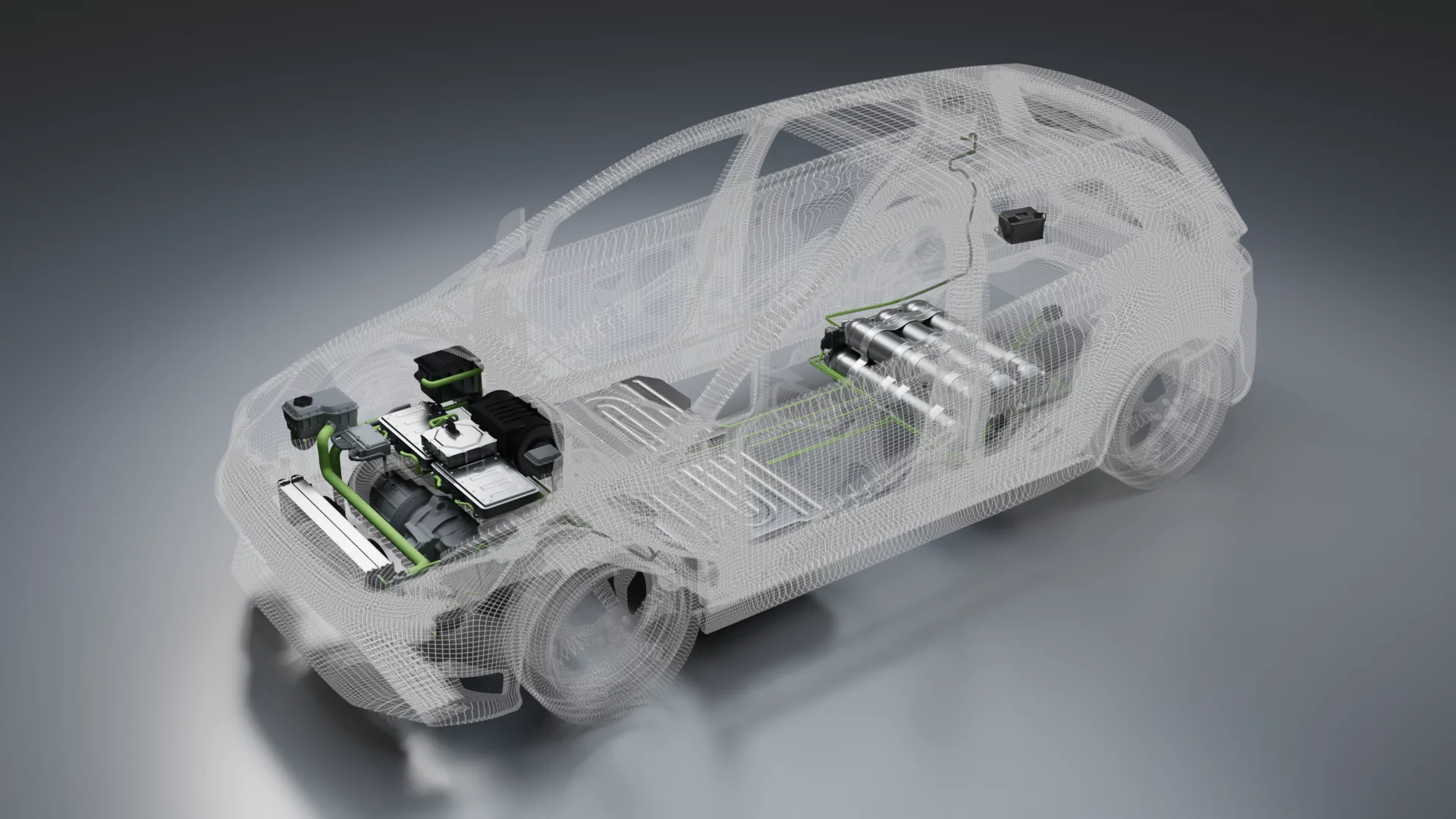
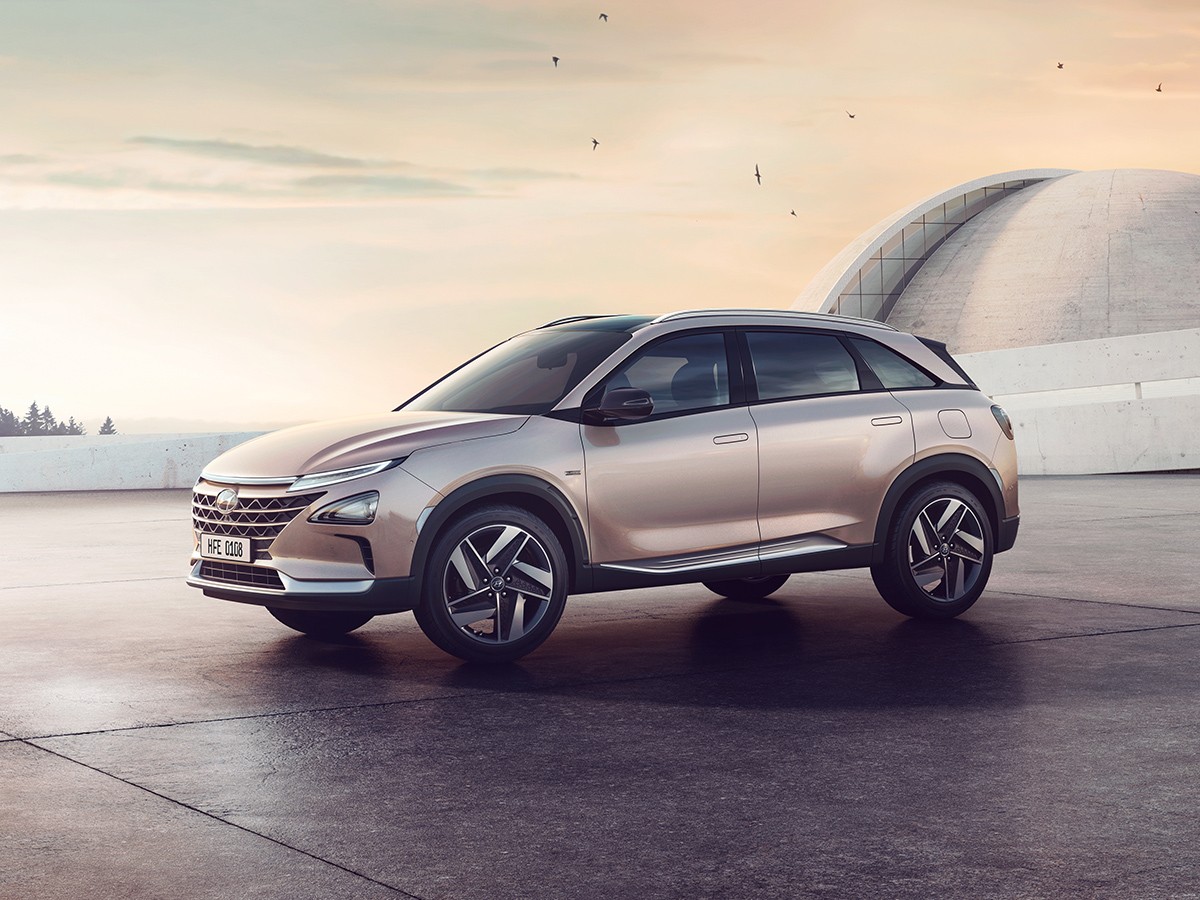

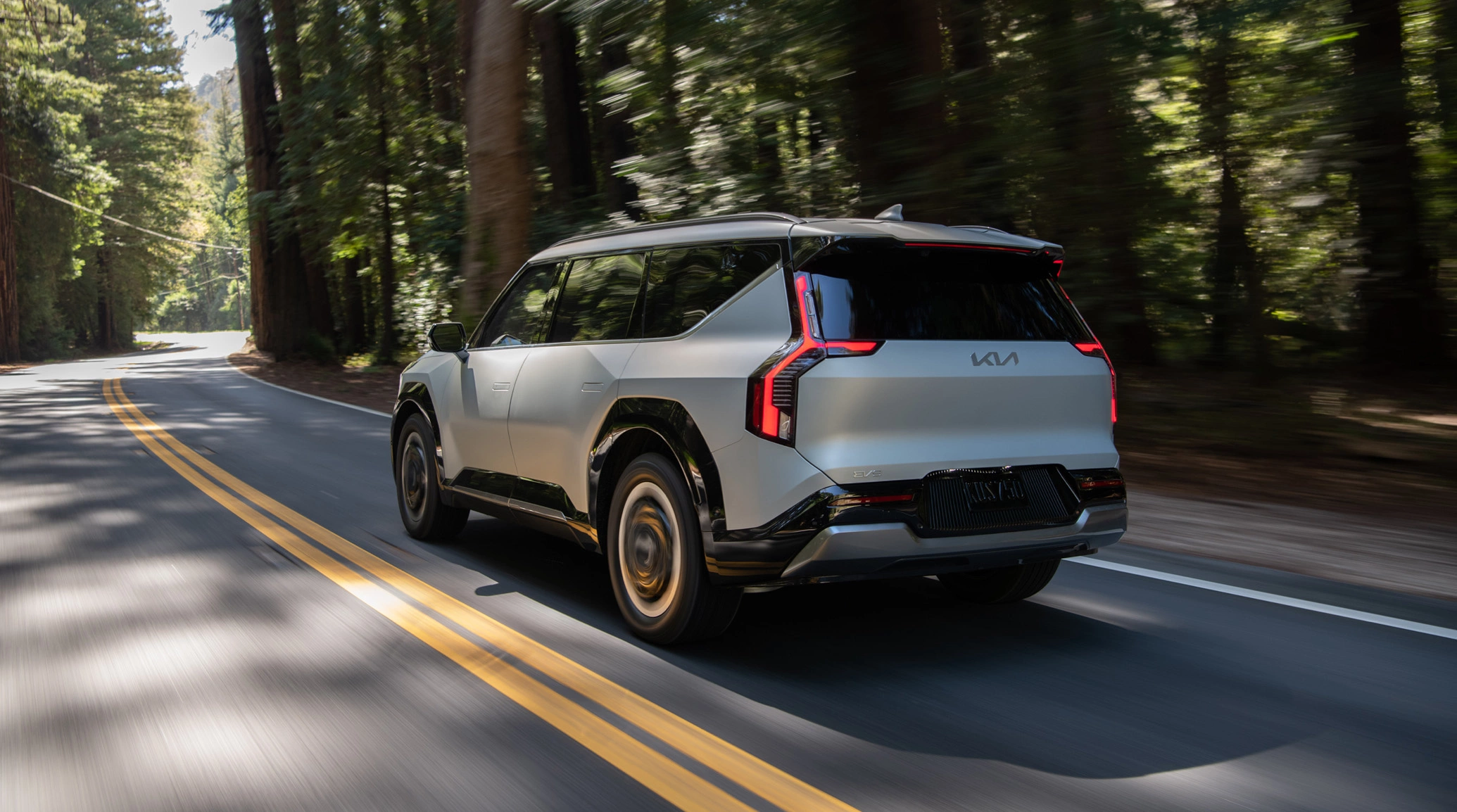


_1767768420.webp)
_1767767135.webp)
